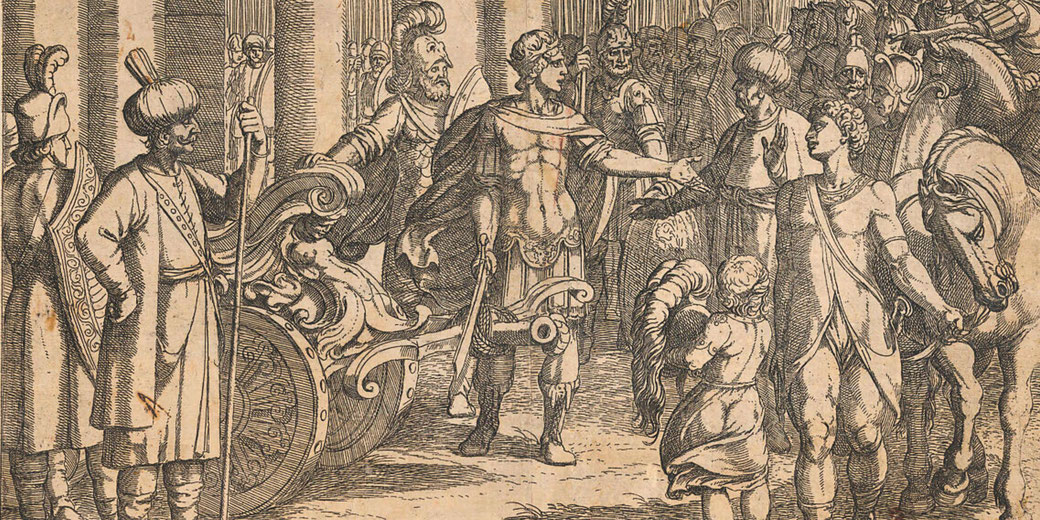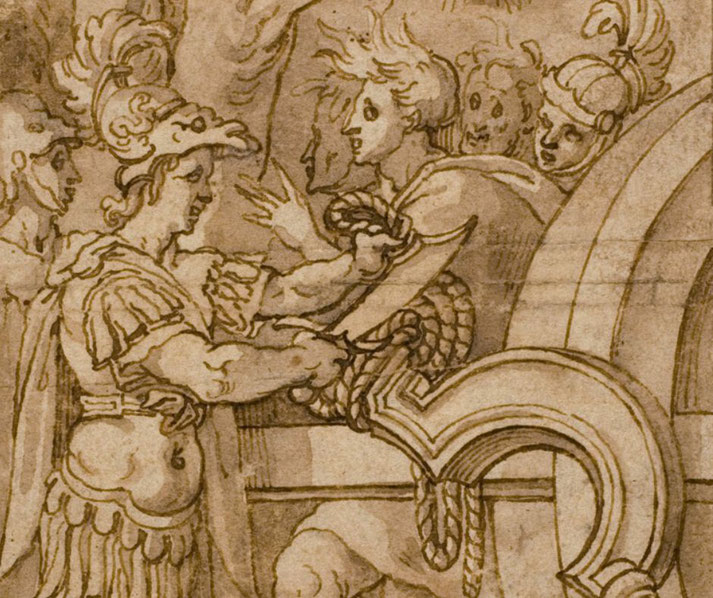Why Alexander the Great was the only person who could solve the mysterious Gordian Knot

In 333 BCE, during his campaign against the Persian Empire, Alexander the Great entered the ancient Phrygian capital of Gordium, where he encountered a famous puzzle that had confused everyone who tried, the Gordian Knot.
The tale held that whoever untied the knot would gain the right to rule all of Asia. The prediction stayed unfulfilled for many years, yet Alexander interpreted it as a challenge to his destiny.
The solution he provided was unexpected and helped him show his right to rule and favour from the gods in a manner that no one else had managed.
The legend of the Gordian Knot
Phrygian tradition told of a time when the people of Gordium faced a leadership crisis and turned to an oracle for guidance.
The oracle declared that the next man who entered the city riding an ox cart would become their king.
At that moment, a humble man named Gordius arrived, and the people, seeing the prophecy fulfilled, crowned him ruler.
Later traditions claimed that he dedicated his cart to Zeus, the king of the gods, and secured it with a knot so complicated that no one could discover how to untie it.
According to the legend, the knot consisted of tightly entangled rope, which had been wrapped around the yoke and pole of the cart in such a way that its ends were completely hidden.
Another prophecy followed the original one: whoever succeeded in untying the knot would rule over all of Asia.
Over time, this riddle became very famous, and many travellers tried to solve it, but no one managed to loosen its cords.
Its design that was impossible to untie caused many to abandon the task in frustration, and the knot remained untouched in the temple grounds for generations.
The city of Gordium itself lay near the Sangarius River in central Anatolia, at the site of what is now Yassıhöyük in modern Turkey.
The Achaemenid Persians, who later controlled the region, allowed the knot to remain in place.
As the myth gained status, it also took on new meaning. The prophecy implied that fate could grant power to anyone capable of solving the mystery, and so the knot became a public symbol of right to rule.
By the time Alexander reached Gordium in 333 BCE, he had already secured control over much of Anatolia following victories at Granicus and other key locations.

How Alexander the Great solved the Gordian Knot
Alexander stood before the cart, surrounded by soldiers and priests, and examined the loops of rope.
Reports from his companions stated that he studied the knot carefully, observing the way the cords had been bound.
Some expected him to begin untying it by hand, while others waited to see whether he would abandon the task like so many others had done.
Instead of attempting to untangle it using traditional methods, Alexander posed a question to those present.
He asked whether the prophecy demanded that the knot be untied by hand, or whether it simply required that the knot no longer remain.
When no one objected to a more direct solution, he drew his sword and sliced cleanly through the knot, severing it in a single stroke.
A few sources claim that he removed a wooden linchpin from the cart and caused the knot to collapse, but the version involving the sword is the most famous version.
His action was consistent with earlier Greek ideals of direct action, in which clear choices overcame the limits of fate.
His act did not anger the priests or locals. On the contrary, those present agreed that the knot had been undone, and they accepted the fulfilment of the oracle’s prophecy.
Alexander’s explanation, which put results before ritual, matched how he saw himself as a man chosen by the gods to rule.
As he would later claim descent from Zeus-Ammon following his visit to the Siwah Oasis in 331 BCE, this associated himself with approval of the gods.

What do you need help with?
Download ready-to-use digital learning resources
Copyright © History Skills 2014-2025.
Contact via email
With the exception of links to external sites, some historical sources and extracts from specific publications, all content on this website is copyrighted by History Skills. This content may not be copied, republished or redistributed without written permission from the website creator. Please use the Contact page to obtain relevant permission.





